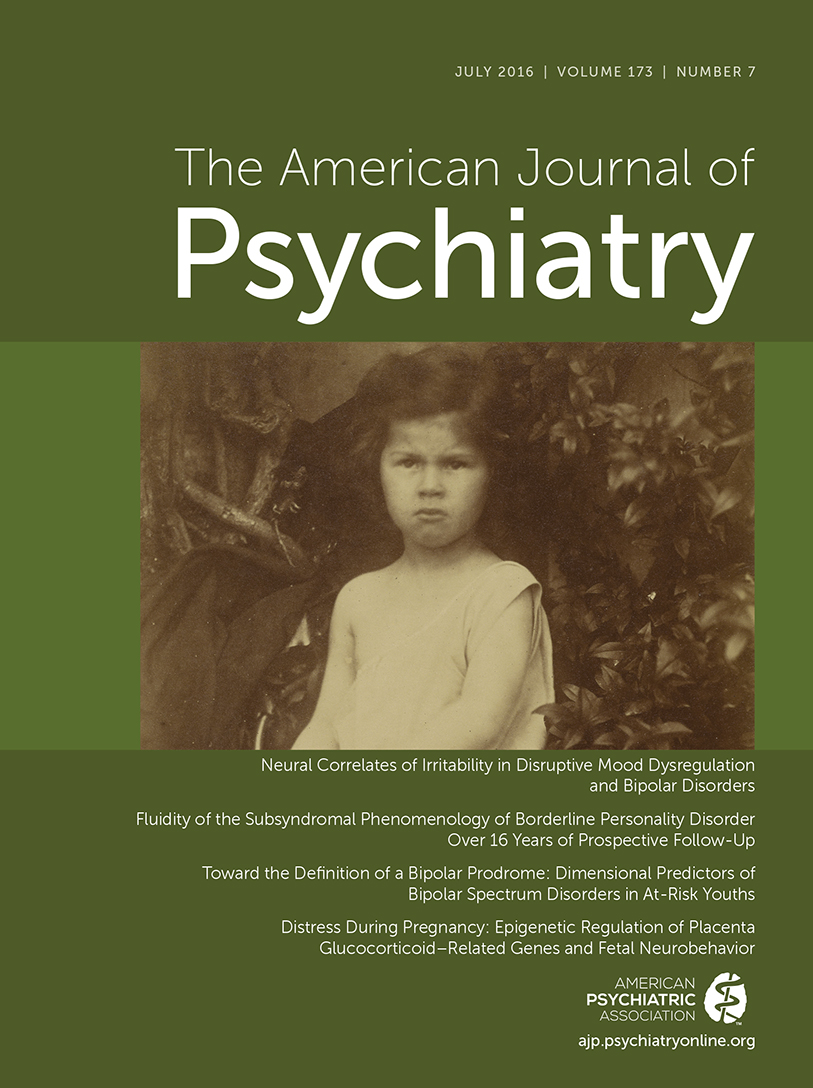Neural Correlates of Irritability in Disruptive Mood Dysregulation and Bipolar Disorders
Abstract
Objective:
Bipolar disorder and disruptive mood dysregulation disorder (DMDD) are clinically and pathophysiologically distinct, yet irritability can be a clinical feature of both illnesses. The authors examine whether the neural mechanisms mediating irritability differ between bipolar disorder and DMDD, using a face emotion labeling paradigm because such labeling is deficient in both patient groups. The authors hypothesized that during face emotion labeling, irritability would be associated with dysfunctional activation in the amygdala and other temporal and prefrontal regions in both disorders, but that the nature of these associations would differ between DMDD and bipolar disorder.
Method:
During functional MRI acquisition, 71 youths (25 with DMDD, 24 with bipolar disorder, and 22 healthy youths) performed a labeling task with happy, fearful, and angry faces of varying emotional intensity.
Results:
Participants with DMDD and bipolar disorder showed similar levels of irritability and did not differ from each other or from healthy youths in face emotion labeling accuracy. Irritability correlated with amygdala activity across all intensities for all emotions in the DMDD group; such correlation was present in the bipolar disorder group only for fearful faces. In the ventral visual stream, associations between neural activity and irritability were found more consistently in the DMDD group than in the bipolar disorder group, especially in response to ambiguous angry faces.
Conclusions:
These results suggest diagnostic specificity in the neural correlates of irritability, a symptom of both DMDD and bipolar disorder. Such evidence of distinct neural correlates suggests the need to evaluate different approaches to treating irritability in the two disorders.



